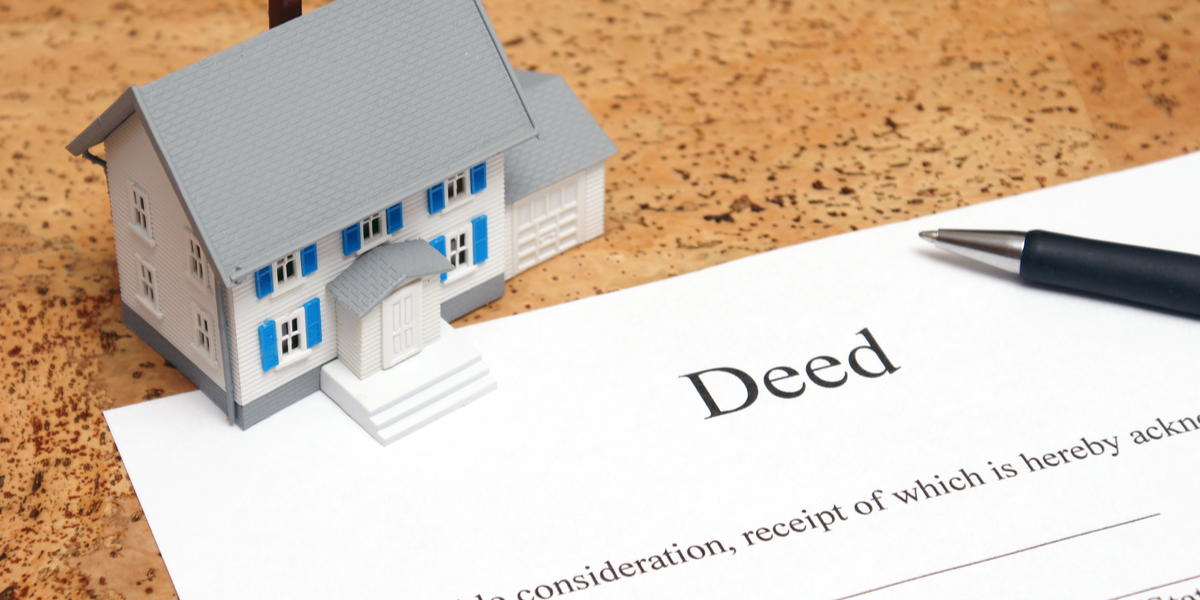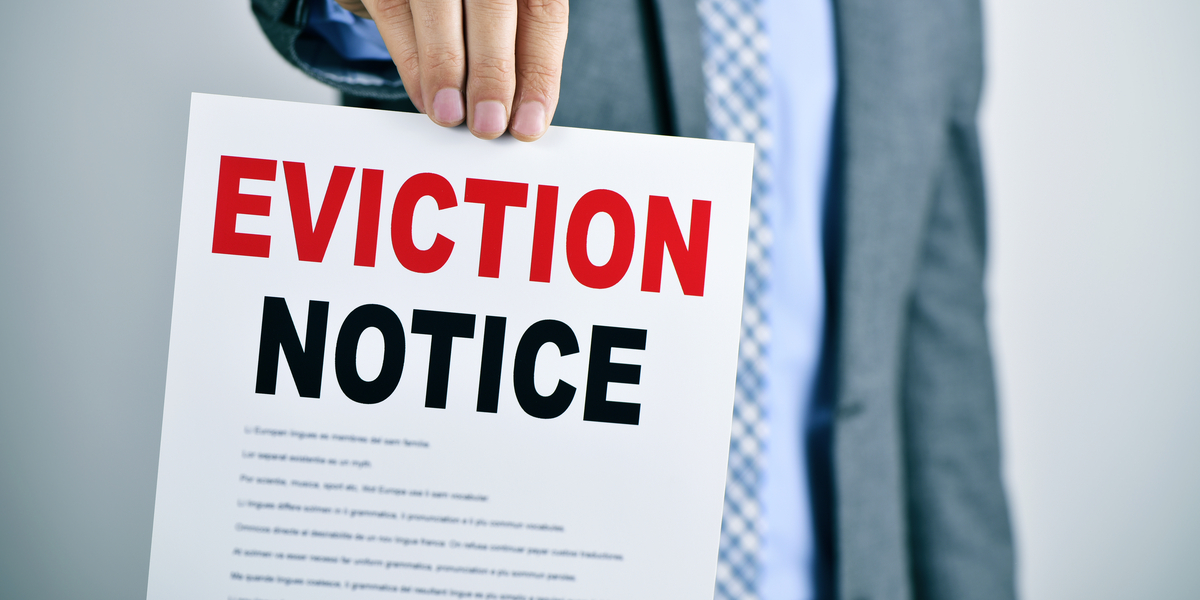Writing A Hardship Letter For Deed In Lieu Of Foreclosure
If you are facing foreclosure and you want to avoid it through a deed in lieu of foreclosure, then you will need to write a hardship letter. A deed in lieu is a form of loss mitigation, which usually means completing a standard hardship affidavit, although separate letters may also be required. As part of this process, you will usually also have to provide information such as bank statements, financial statements, tax returns, and pay stubs. Put together, these can demonstrate your hardship.
Defining Hardship
You are considered as experiencing hardship if things happen over which you have no control, and that lead to you being unable to make your mortgage payments. There are a number of situations in which a deed in lieu of foreclosure may be considered to resolve hardship, such as:
- An involuntary decline in income or job loss
- Illness of a family member of the homeowner
- Separation or divorce
- Medical expenses
- Military service
- A reset of the adjustable interest rate
- A natural disaster
What to Include in a Hardship Letter for Deed in Lieu of Foreclosure
A lot of people write their hardship letter without really thinking about what to include in it. Worse still, some people simply copy an online template word for word. Remember that there are hundreds of people writing these letters on a daily basis, so you need to write something that stands out. Templates should only be used as a guide. Rather, you need to focus on providing information that is pertinent and personal to you and your situation. At the same time, you have to make sure that you don’t turn the letter into a sob story. The lender wants to hear the facts, and you should try to present those facts on a single page.
A hardship letter is designed to explain why you are in a certain situation and that you would be able to avoid foreclosure with their help. You must make your wishes clear, such as receiving the deed in lieu of foreclosure, before you move into an explanation of your hardship. This ensures that a mortgage expert reads the rest with the understanding of where you are going.
Make sure, as well, that your letter makes it clear that you are not trying to shirk from your financial obligations. Rather, you should state that you want to make certain payments until you have been able to rectify your situation. Be realistic in this and do not make promises that you are not sure you will be able to keep. Promising just $10 a month is better than promising $100 and then not making the payment.
Nobody wants to be in a situation of hardship. Your lender understands that and taking foreclosure action is something that they will want to avoid as much as you do. Hence, if you are honest, present them with facts, and show you are willing to work at the situation, you might be able to get some leniency and receive a deed in lieu of foreclosure arrangement.
Hardship Letter For Deed In Lieu Of Foreclosure Example
{Your Name}
{Your Address}
{Address Continued}
{Your Phone Number}
{Mortgage Company Name}
ATTN: {appropriate department}
{Address}
{Address Continued}
{Date}
RE: deed in lieu of foreclosure on {address}
To Whom It May Concern:
I am writing to begin the process of offering the deed to my home, in lieu of foreclosure.
I have missed {number} payments on my mortgage with your company, due to significant financial hardship in my life. The hardship was caused by {detail the reasons you’re struggling to make the payments; be specific and emotional}.
The home has been on the market for {length of time}, and in that time the asking price has been reduced from {amount in dollars} to {amount in dollars}. I do not have a buyer willing to purchase the home, despite my best efforts to find one, so a short sale is not an option.
I believe I will be unsuccessful in my attempts to sell this home, nor will I be able to make the mortgage payments. Rather than deal with the foreclosure process, I would like to give you the deed to my home, in exchange for forgiveness on the loan. I do not have a second mortgage, and there are no other liens on the property.
I have attached all relevant documents for the house and for my current economic situation.
Please contact me as soon as possible so that we may begin this process.
Sincerely,
{Sender Name}










